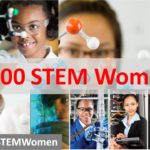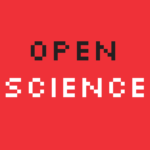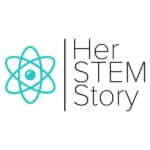Case Study: The Grad Spark
by Fanuel Muindi
Grad Spark is a Boston based organization that is driven to provide a “platform to help students of color in doctoral programs develop a network and a roadmap for the path forward in research based careers.” Here, Grad Spark programming is used as a case study to discuss mentorship programs in STEM. The utilization of a logic model is suggested for all programs to further enhance the impact of mentorship projects.
Introduction
Many colleges and universities in the US offer both summer and course based undergraduate research experiences. These programs are well recognized to be effective educational tools for increasing student interests in pursuing graduate studies [1-3]. For many programs, summer undergraduate research experience plays a critical role in the recruitment of more minority students applicants into graduate student programs. A fundamental focus for many of these programs is knowledge integration (Figure 1) through mentorship in developing research practices, expanding content knowledge, understanding the nature of science, and developing an identify in science [4]. As one would expect, the success of each program in integrating all the diverse aspects of mentoring varies considerably across programs.
Read More HERE.
Cover Image from Pixabay
References
- Lopatto, D. Survey of Undergraduate Research Experiences (SURE): First Findings. Cell Biol. Educ. 3, 270–277 (2004). doi: 10.1187/cbe.04-07-0045
- Michigan State University 2015 Undergraduate Research Survey Part I : Who are our Undergraduate Researchers ? 1–7 (2015).
- Franke, R., Ruiz, S., Sharkness, J., DeAngelo, L. & Pryor, J. Findings from the 2009 Administration of the College Senior Survey (CSS): National Aggregates. 1–117 (2010). https://www.heri.ucla.edu/PDFs/pubs/Reports/2009_CSS_Report.pdf
- Linn, M. C., Palmer, E., Baranger, A., Gerard, E. & Stone, E. Undergraduate research experiences: Impacts and opportunities.Science (80-. ). 347, 1261757–1261757 (2015). http://science.sciencemag.org/content/347/6222/1261757
- Estrada M, Burnett M, Campbell AG, Campbell PB, Denetclaw WF, Gutiérrez CG, Hurtado S, John GH, Matsui J, McGee R, Okpodu CM, Robinson TJ, Summers MF, Werner-Washburne M & Zavala M. Improving underrepresented minority student persistence in stem. CBE Life Sci. Educ. 15, 1–10 (2016). doi: 10.1187/cbe.16-01-0038.
- STEM Education Advocacy Group. Mission Statement Matters – STEM Education Advocacy Group. (2017). Available at:https://www.stemadvocacy.org/2017/01/mission-statement-matters/. (Accessed: 22nd June 2017)
- Lin-Siegler, X., Ahn, J. N., Chen, J., Fang, F.-F. A. & Luna-Lucero, M. Even Einstein struggled: Effects of learning about great scientists’ struggles on high school students’ motivation to learn science. J. Educ. Psychol. (2016). doi:10.1037/edu0000092 | https://www.apa.org/pubs/journals/releases/edu-edu0000092.pdf
- Foundation, W. K. K. W.K. Kellogg Foundation Logic Model Development Guide. Development 72 (2004). | https://www.bttop.org/sites/default/files/public/W.K.%20Kellogg%20LogicModel.pdf







